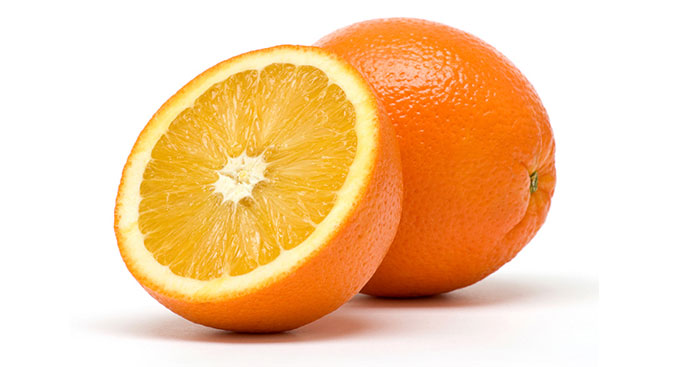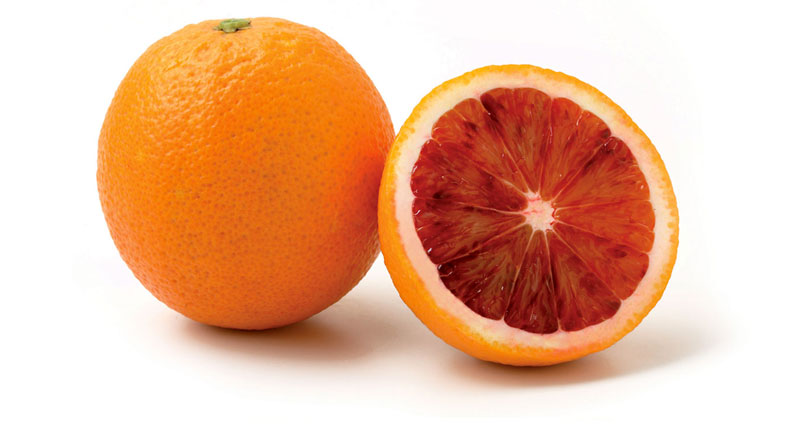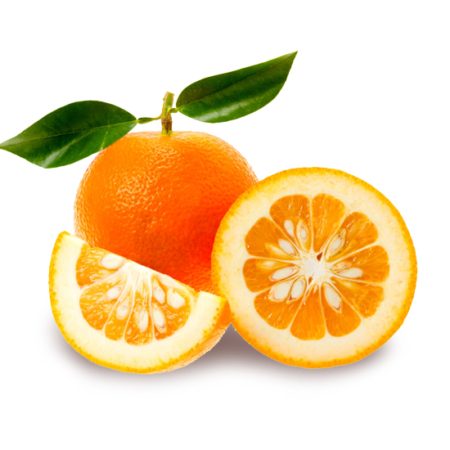Organic Sicilian oranges: Navel – New Hall
The fruit’s unique deformity, which when seen from the outside resembles a navel and is precisely translated as “navel” in English, is what gives navel oranges their name. The lowest portion of the citrus fruit contains this strangeness. However, the fruit’s interior reveals a tiny twin specimen at its end. A favored kind of blond oranges, Navel oranges are plentiful in Sicilian regions and are what we call “organic.” adored even by the young children due to their organoleptic qualities: Their extremely sweet flavor has a very mild acidity that is undetectable to the palate and grows stronger as the fruit ripens.
Rich of juicy, the flesh is totally seedless and has a bright orange hue, which is also mirrored in the skin. The latter, which is substantial and thick, enables long-term fruit storage, making it perfect for making candied fruit. Navels are chosen as table oranges because of their round shape and generally large size, however they can vary in size. The size of the fruit makes the most difference in oranges meant for juicing; in fact, smaller-sized oranges are suitable for juicing.
From late November to early March, our navel oranges cultivated naturally are available for sale. Sicily on your tables.






